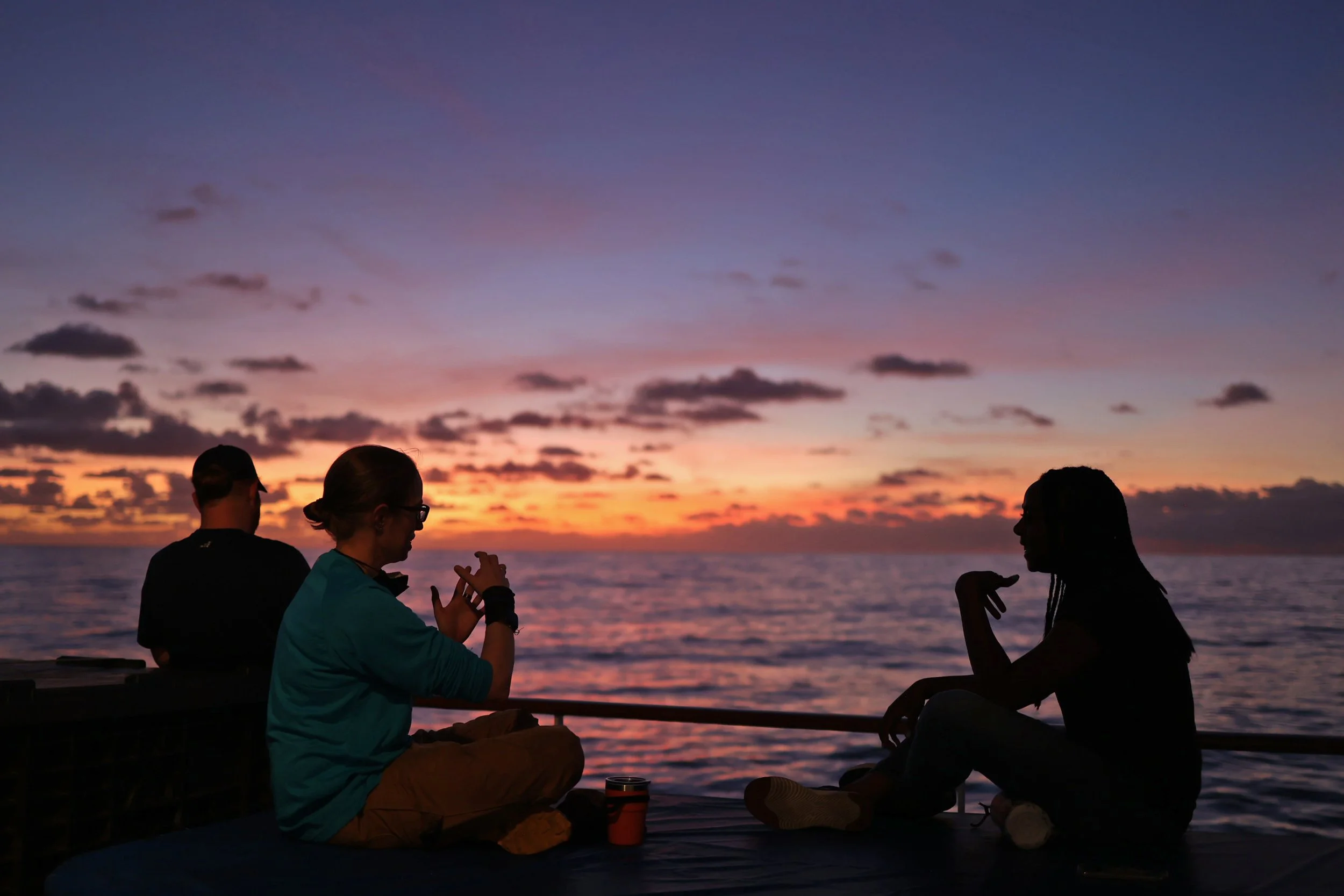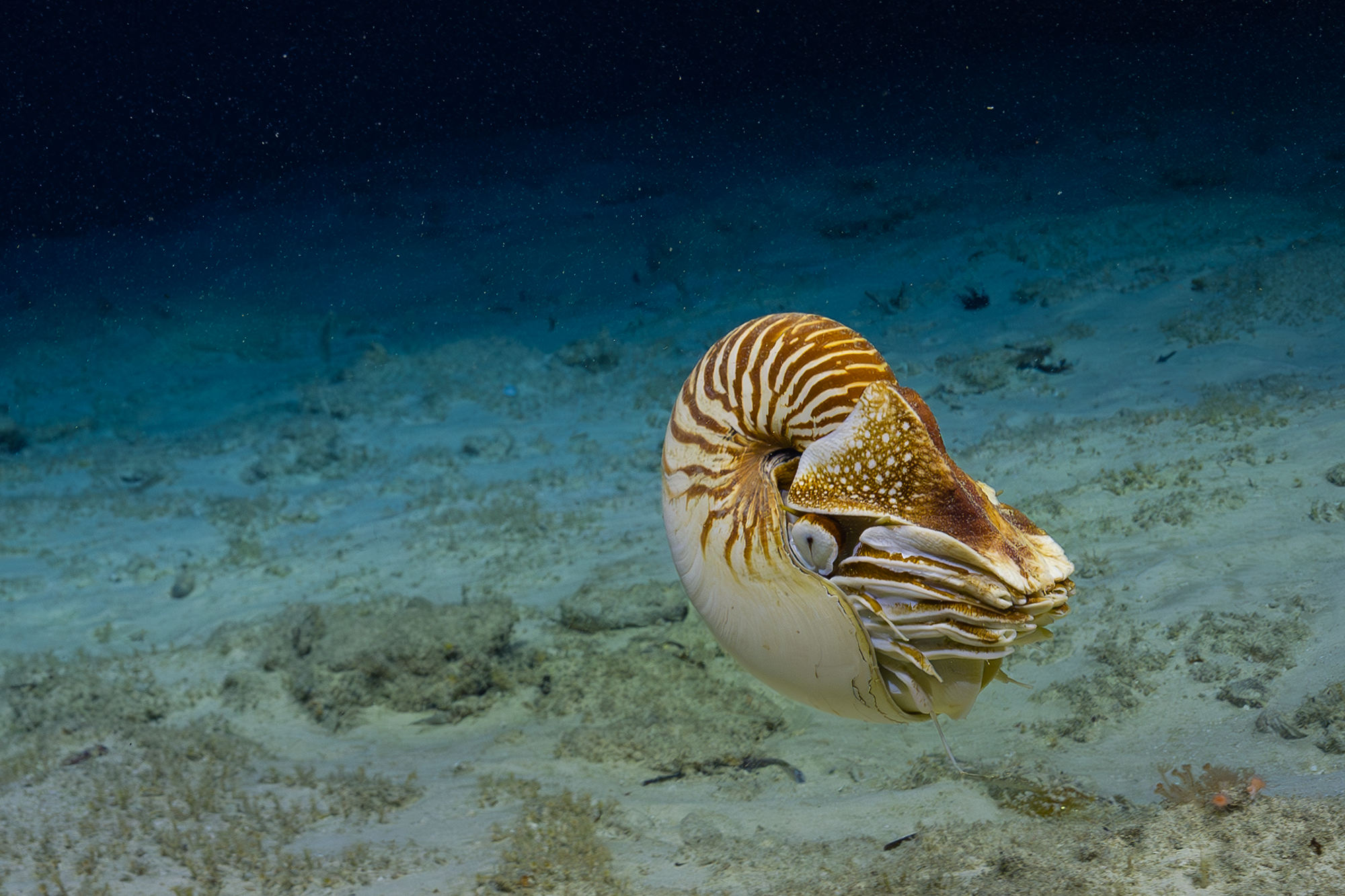For the second time in three days, I am boarding a plane for one of the best flights of my life, filming our team as we climb into a ski-equipped DHC-6 Twin Otter at Union Glacier. After rumbling down a snowy runway, the small plane lifts off, soars over the Ellsworth Mountains, and heads north to the Ronne Ice Shelf. I stare out the window for the entire 10-minute flight.
In contrast to the dramatic mountains surrounding Union Glacier, the ice shelf is a vast, flat expanse of white. Looking down at the massive tundra below us, I can just make out a long, single track in the snow. Then I spot the Tucker Sno-Cat, loaded with all our gear, chugging along in the same direction.
A few minutes later, we get the first glimpse of our field camp — where we will live and work for the next two weeks. From a few thousand feet in the air, it appears as a tiny dot in the middle of nothing.
It feels as though we are flying to the literal edge of the earth.
Read More



















